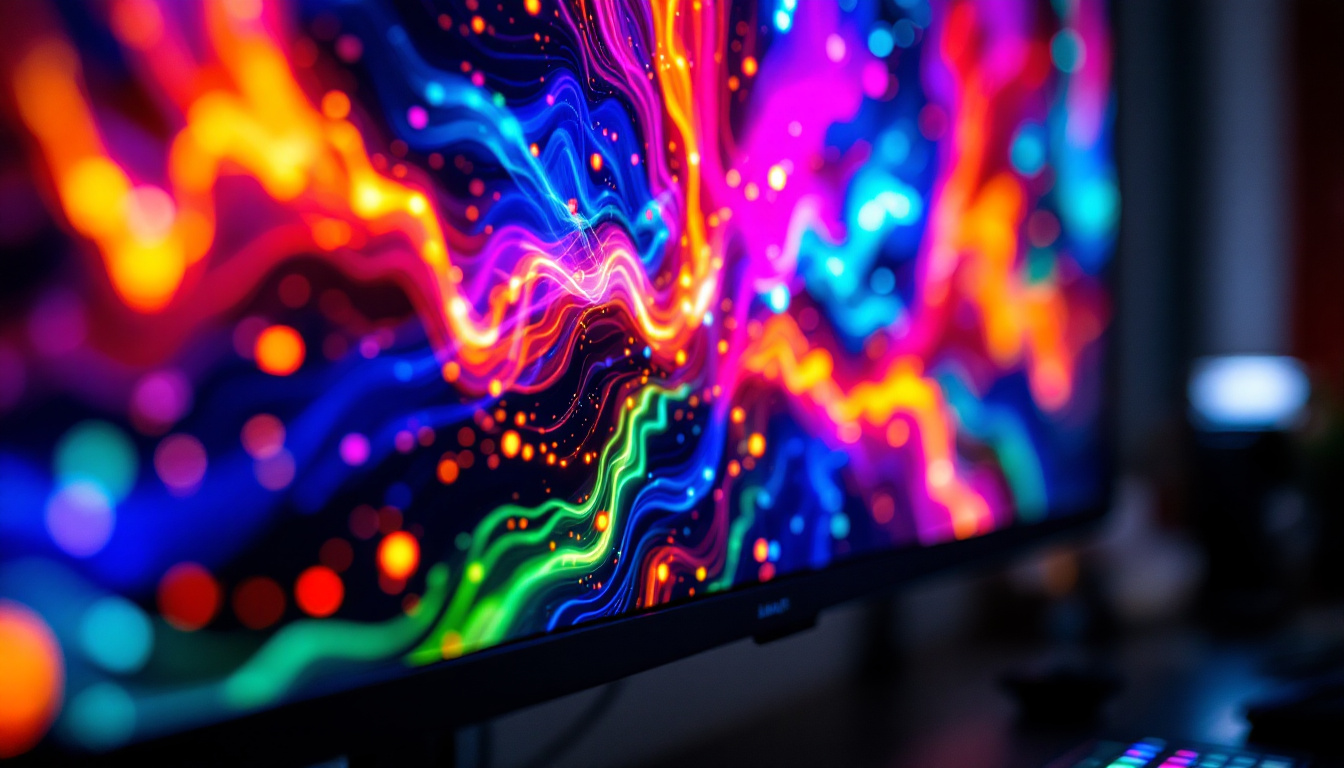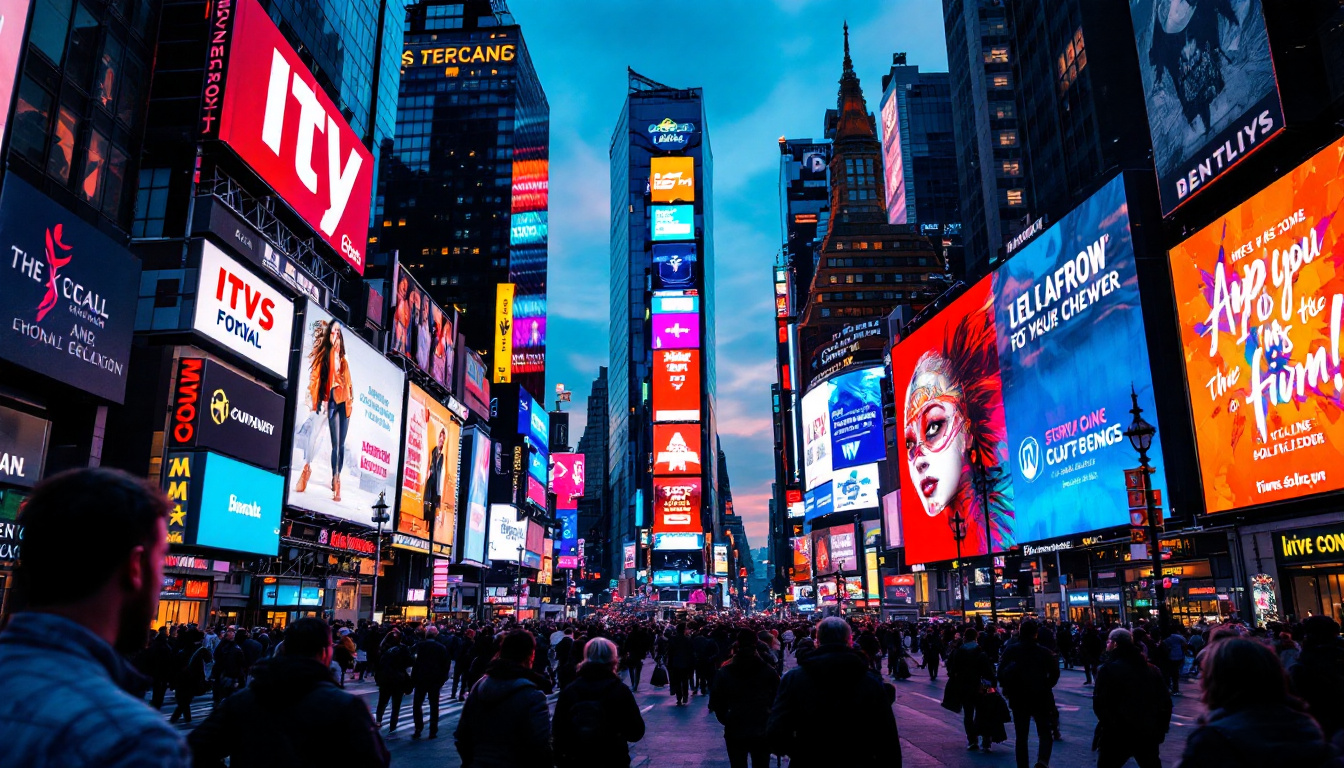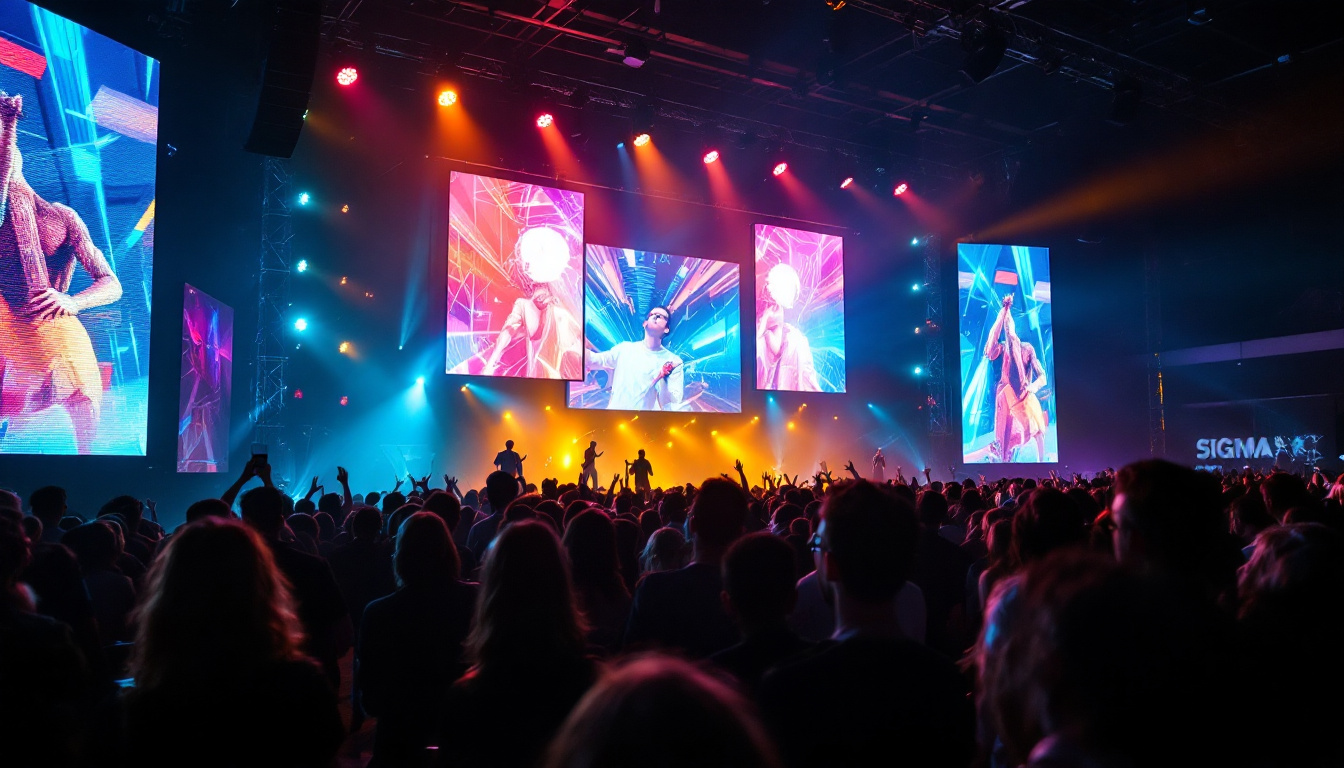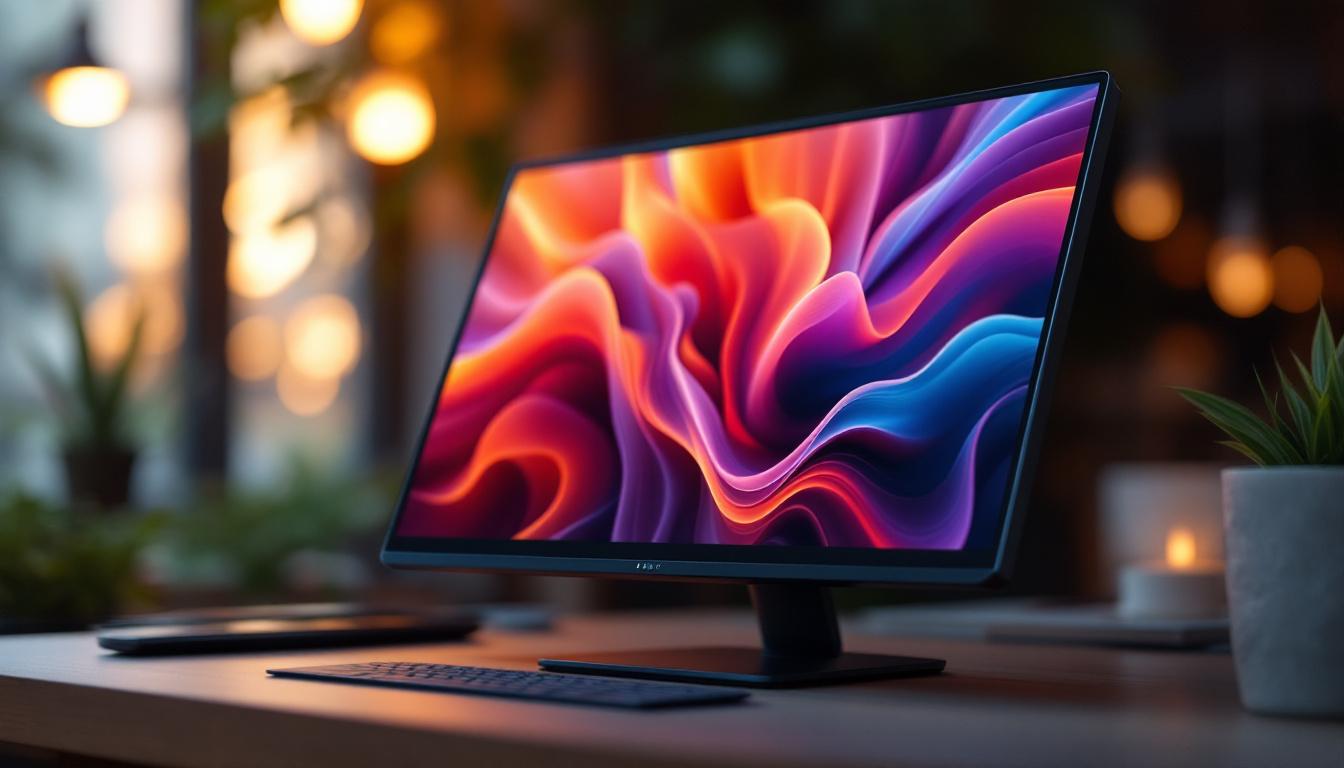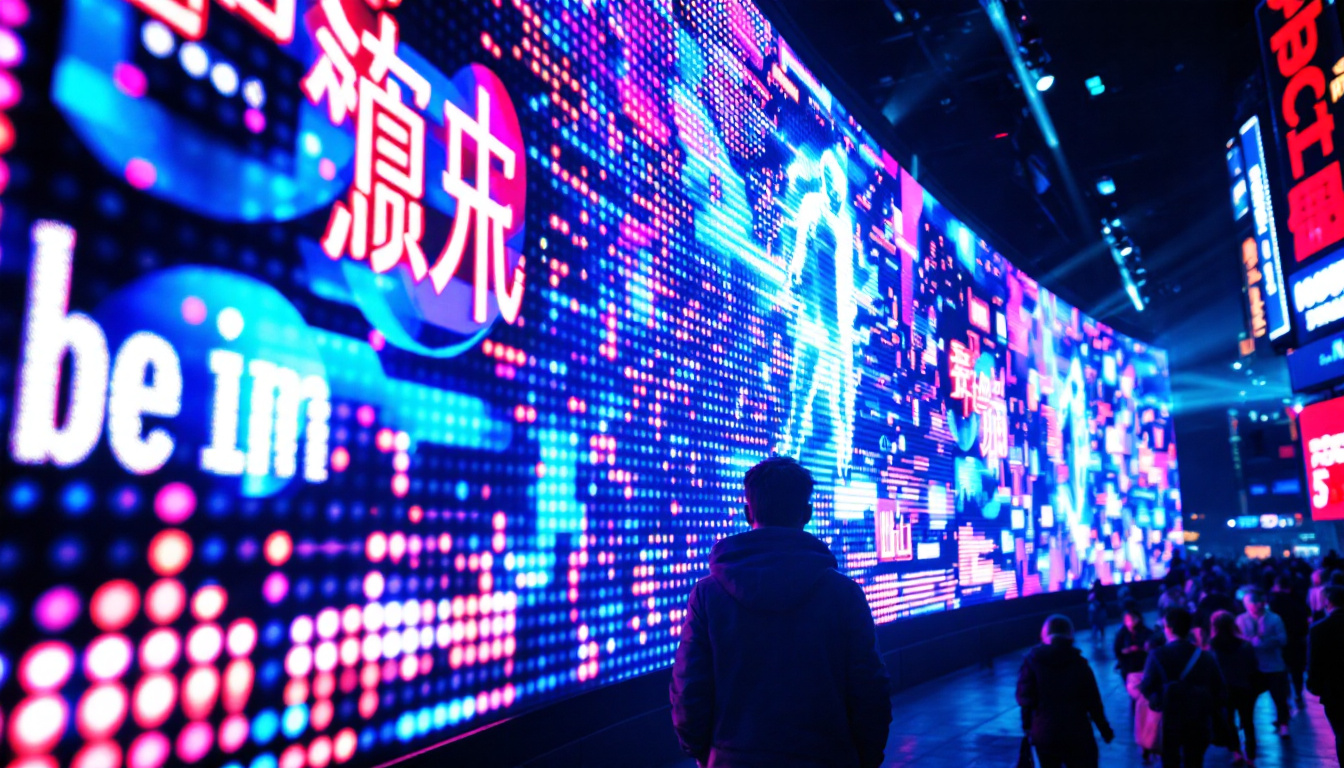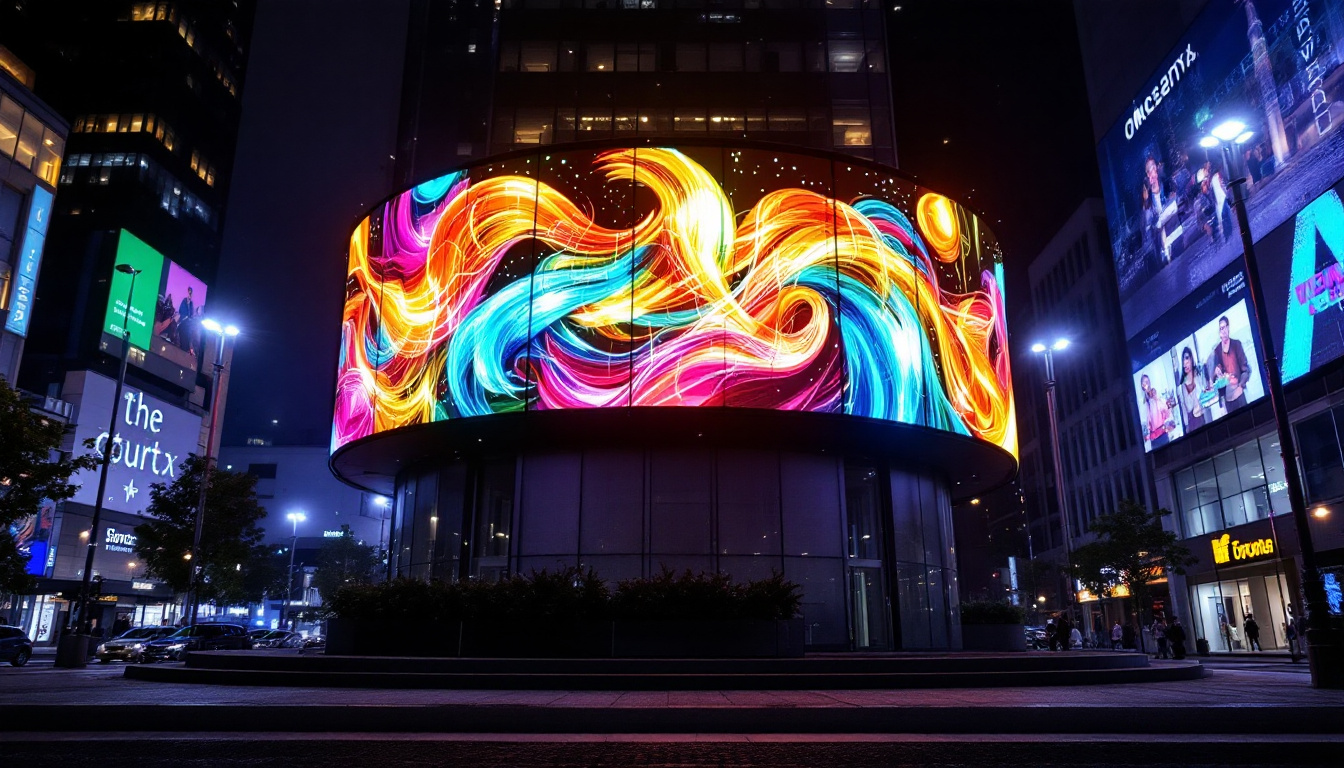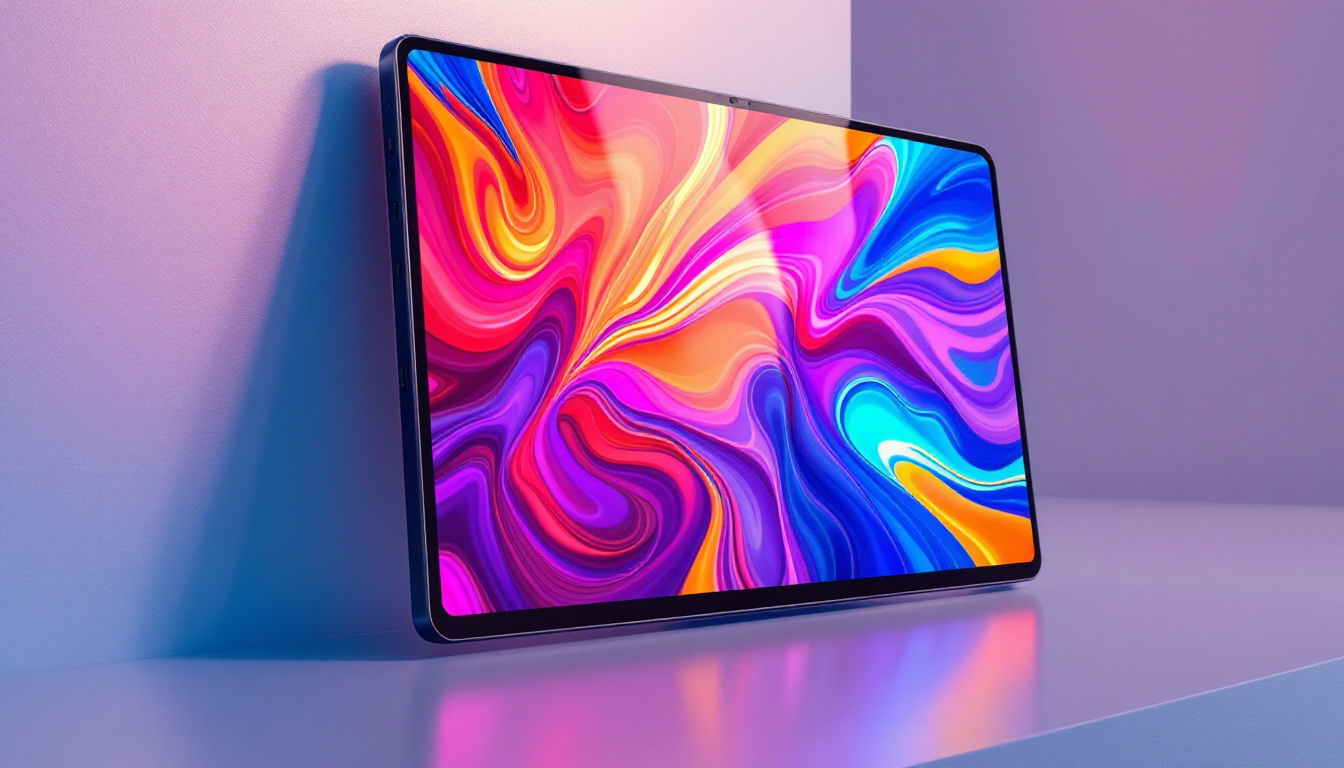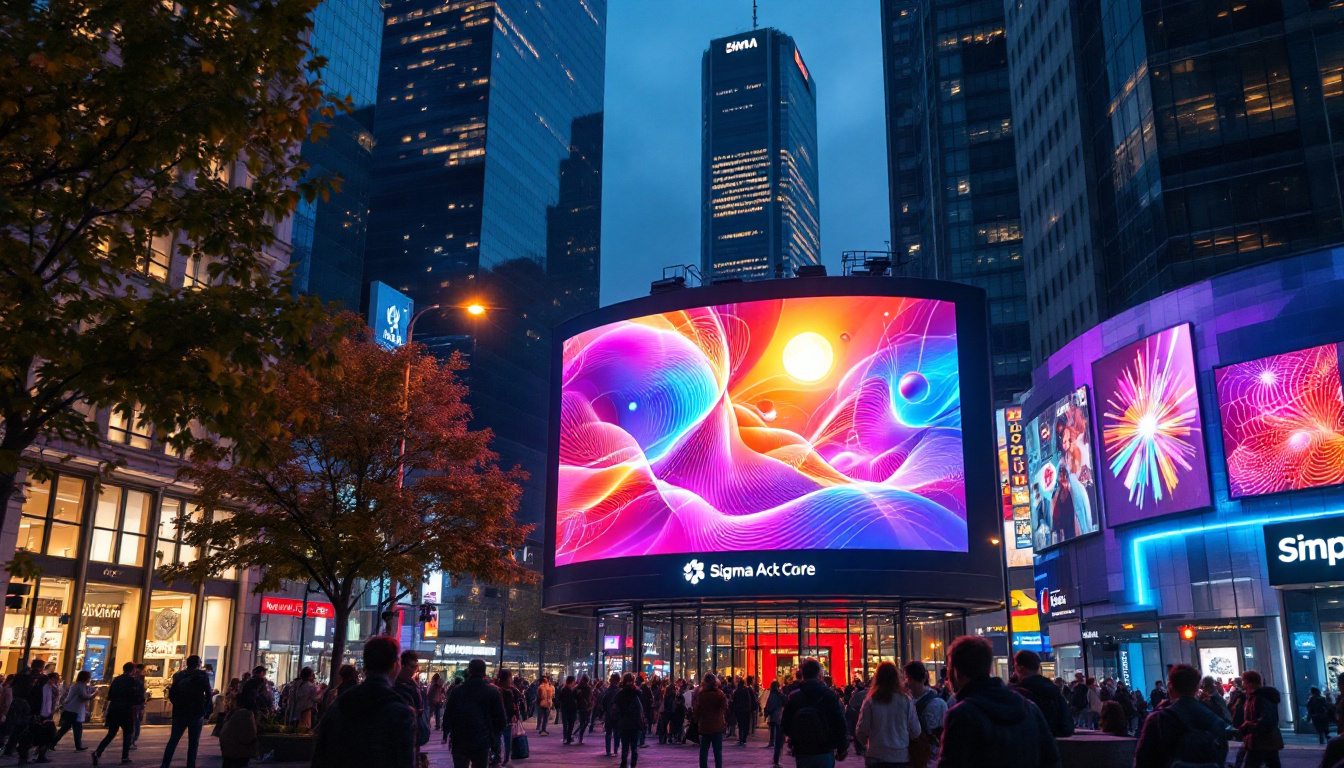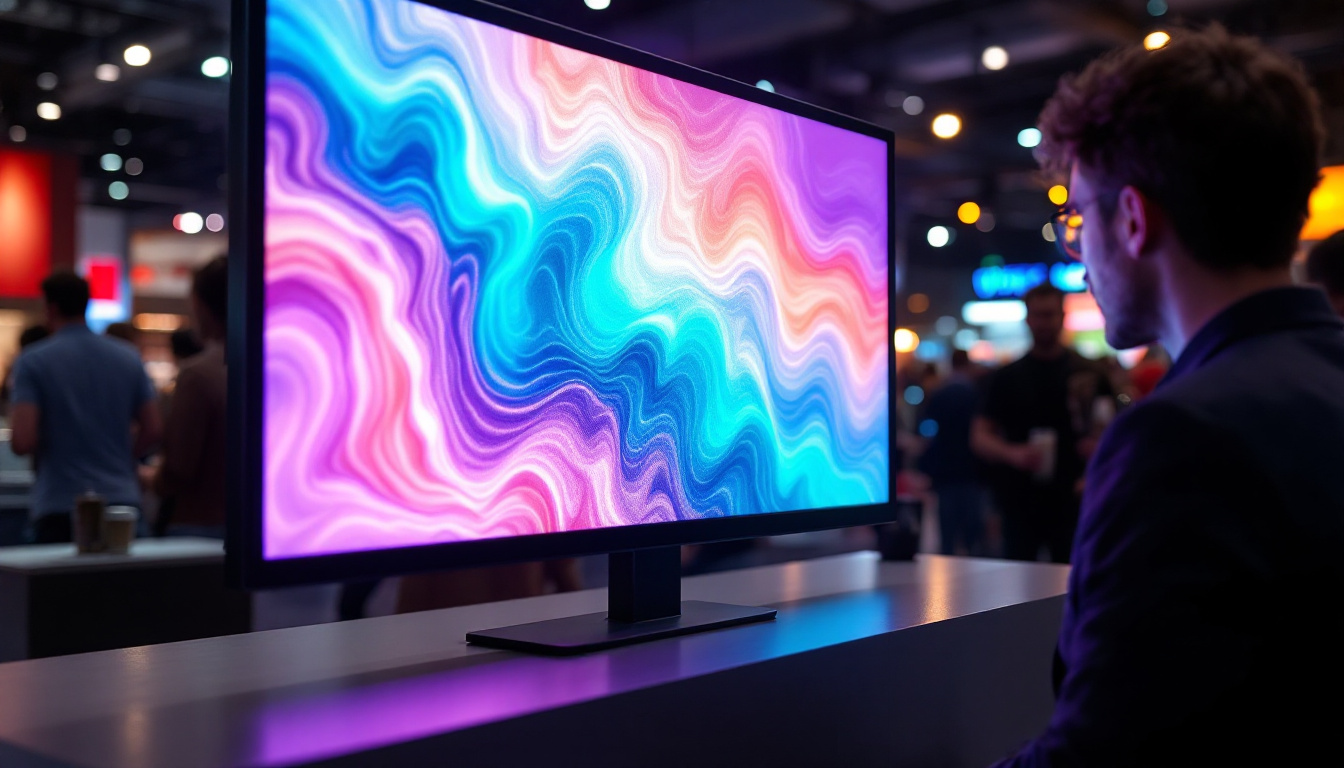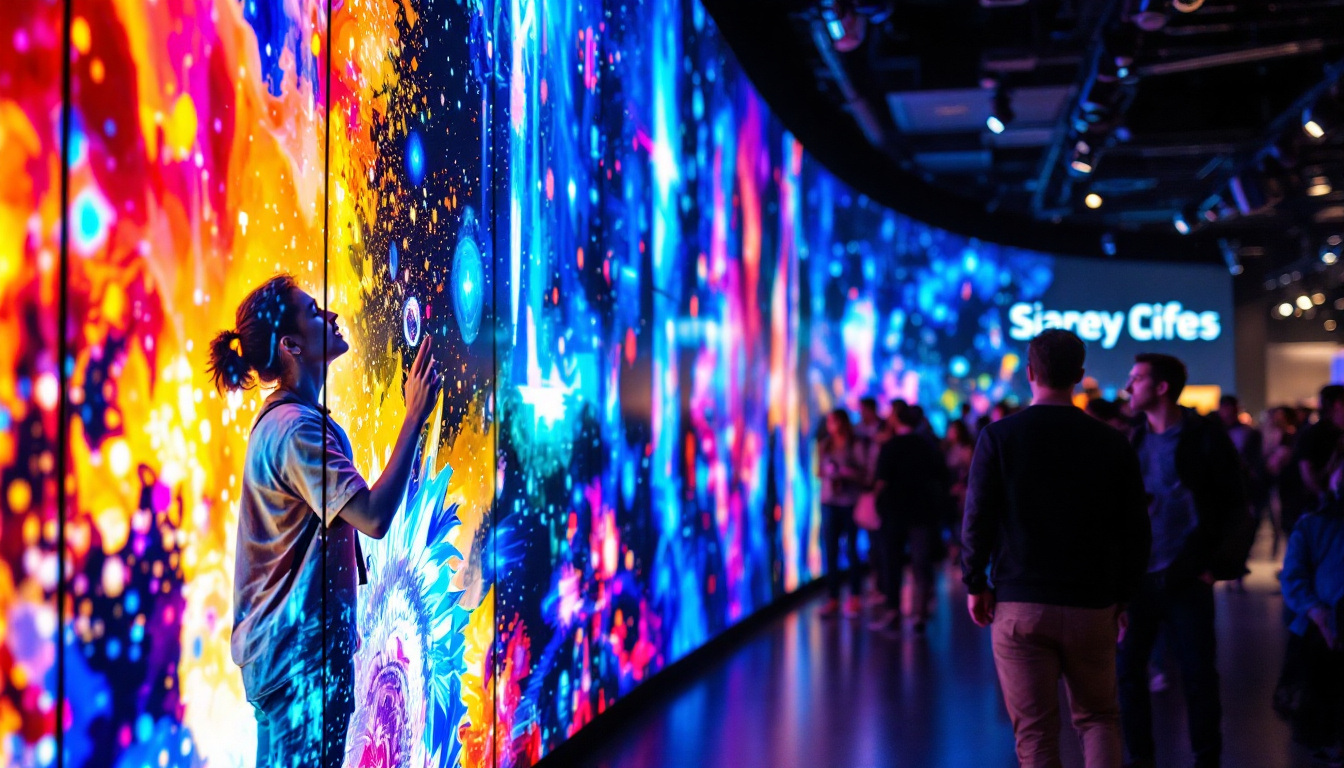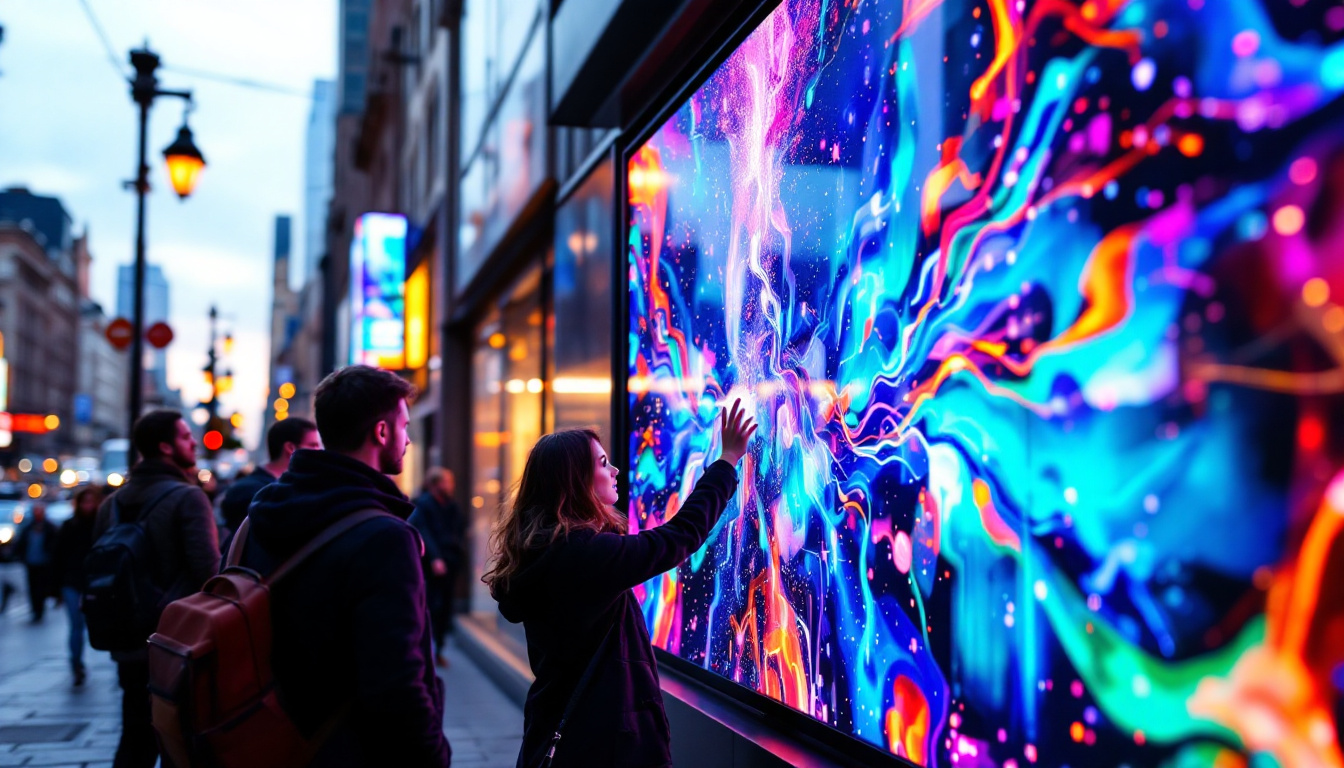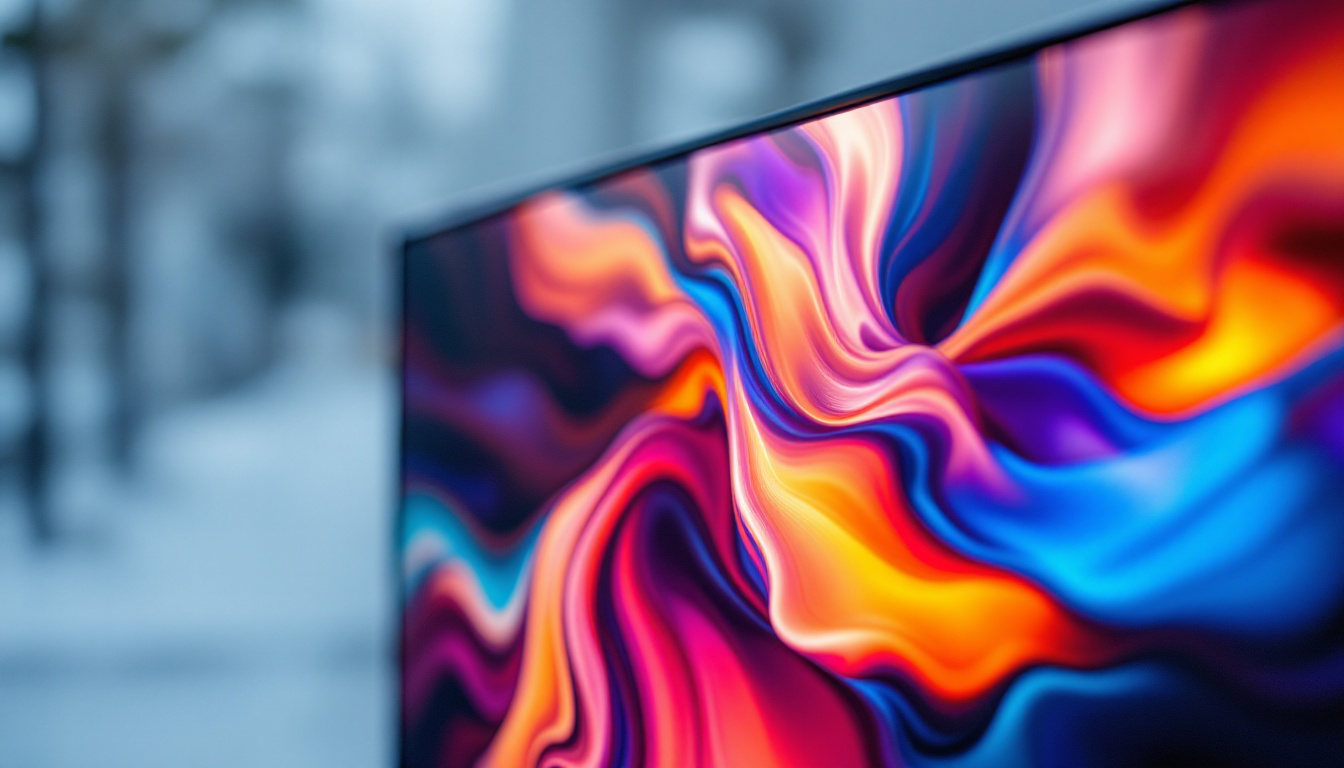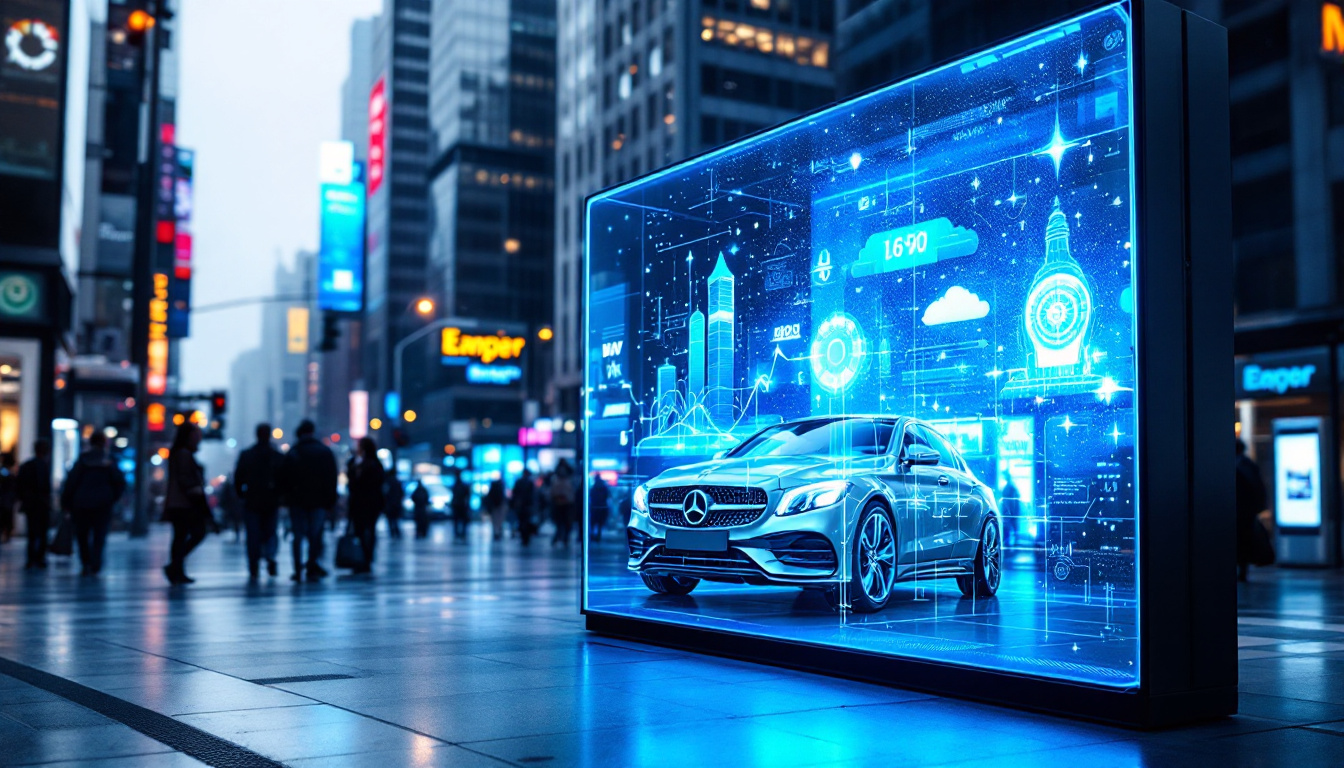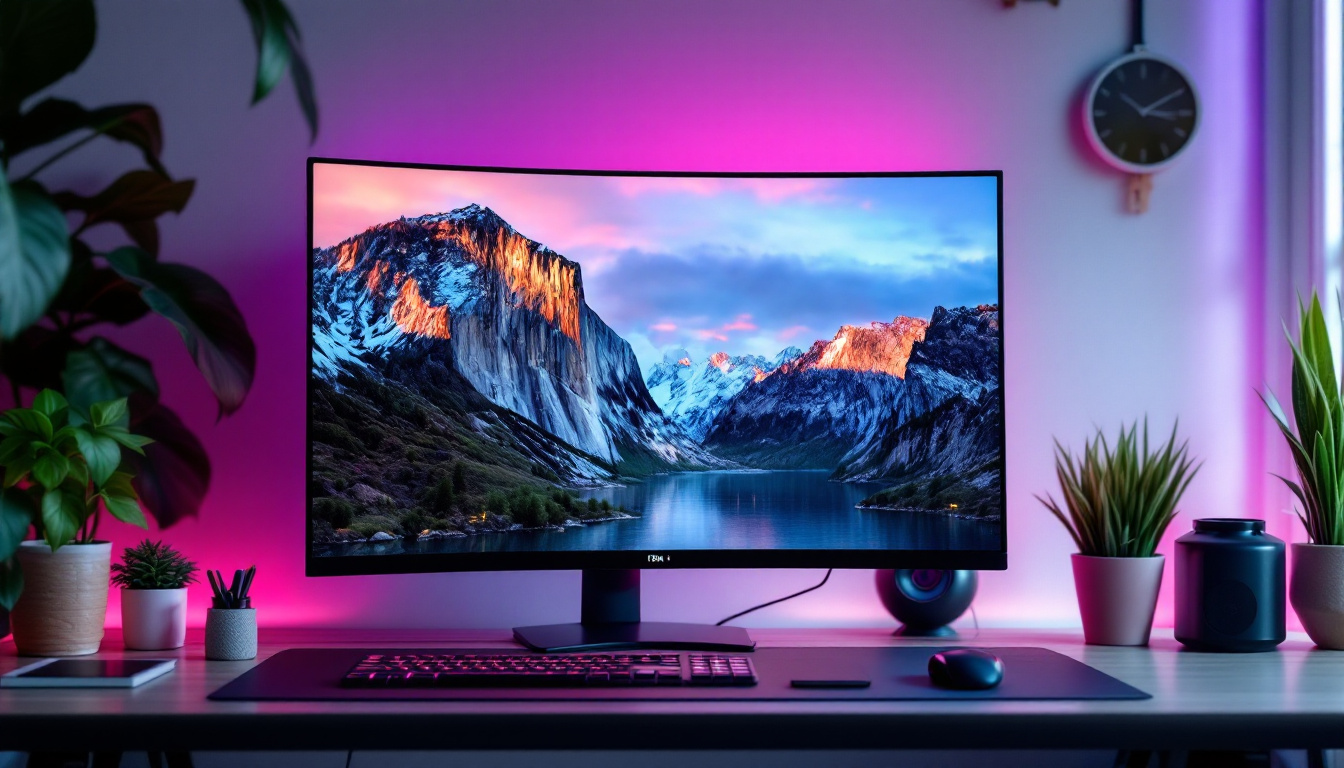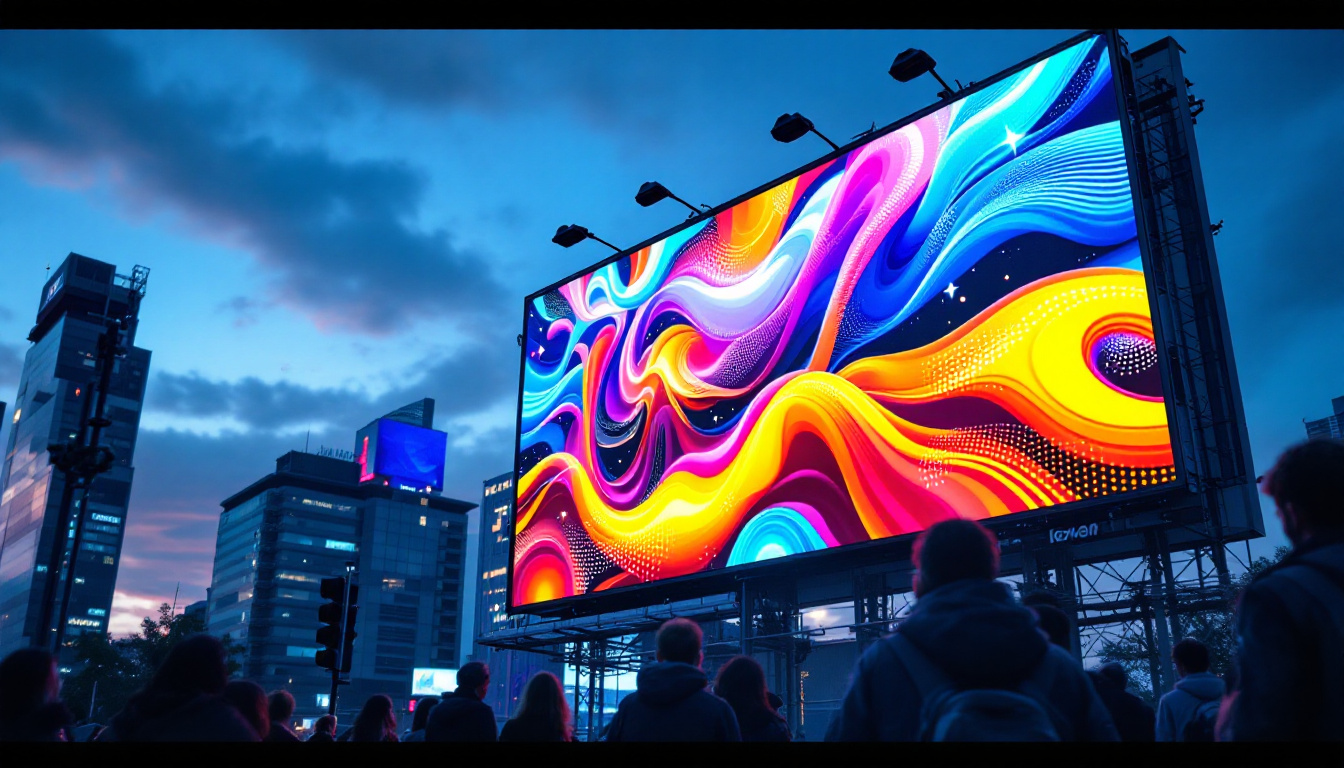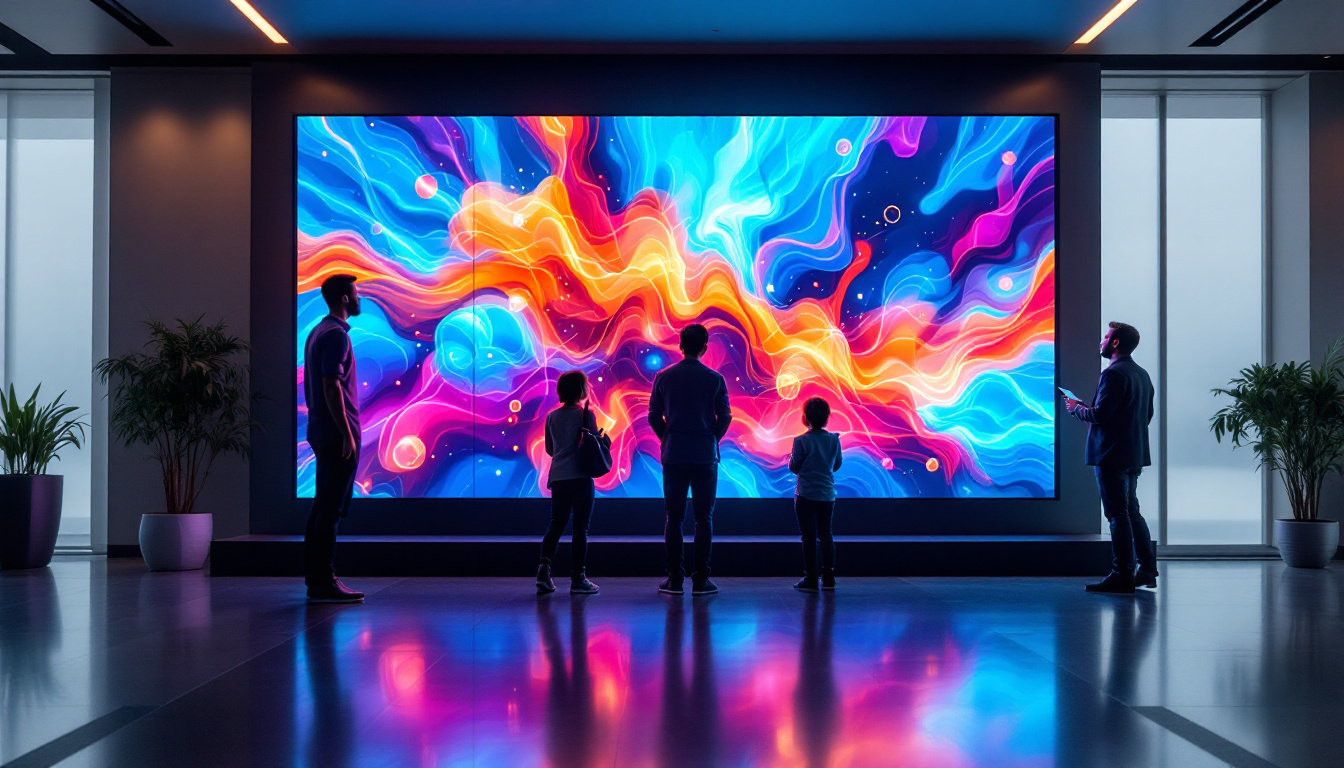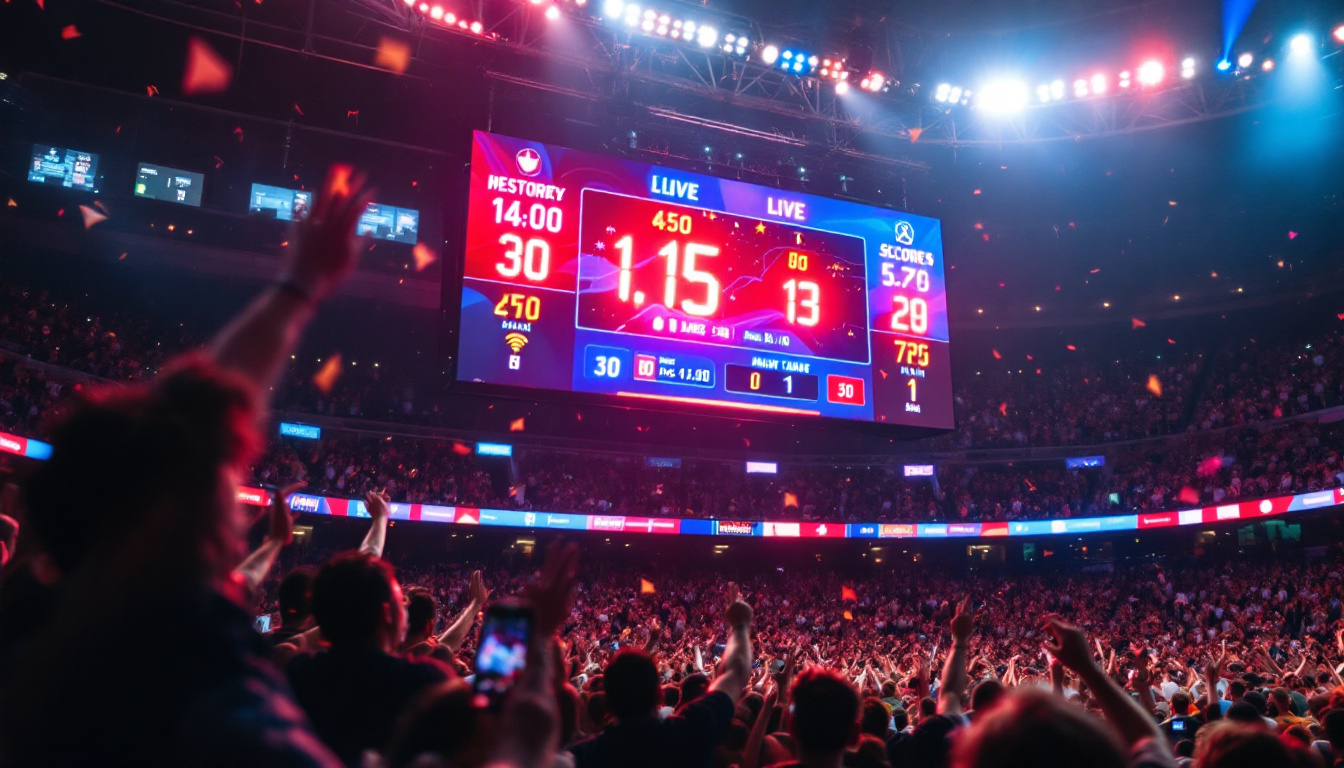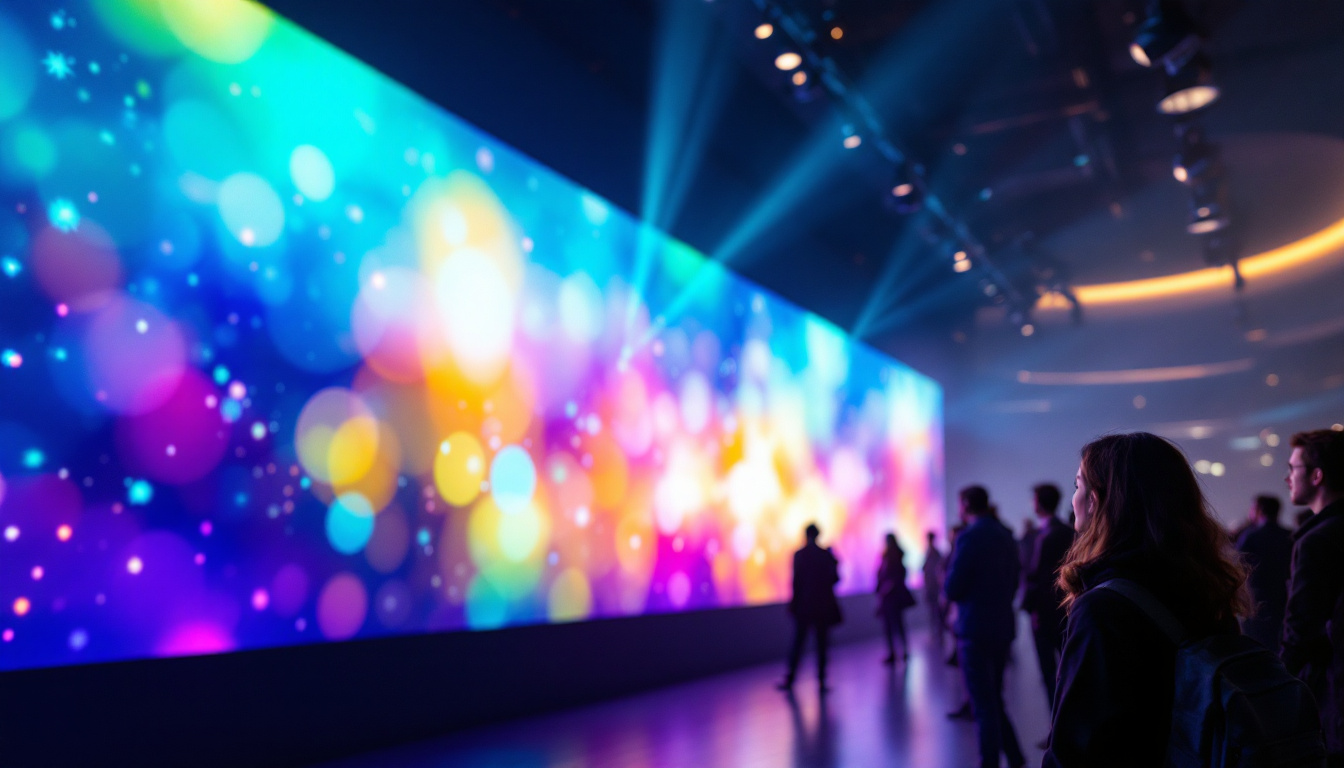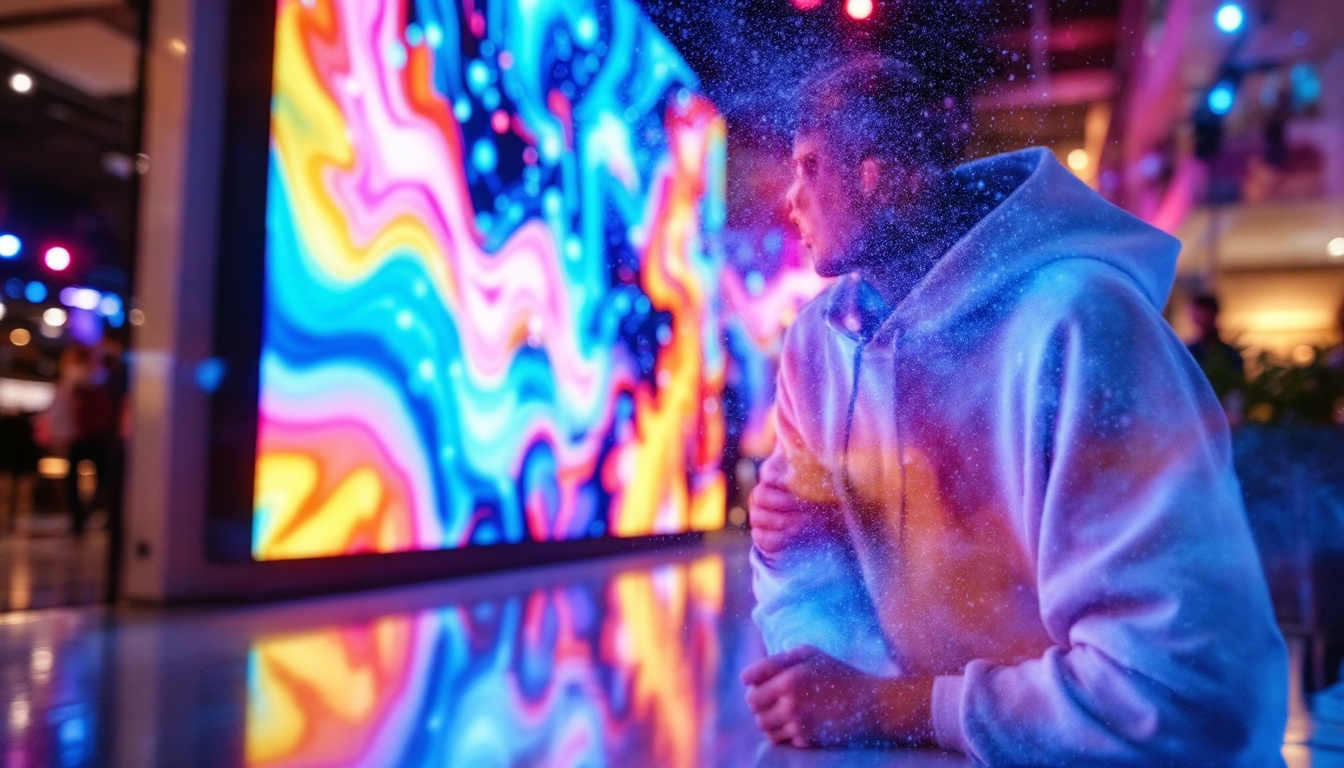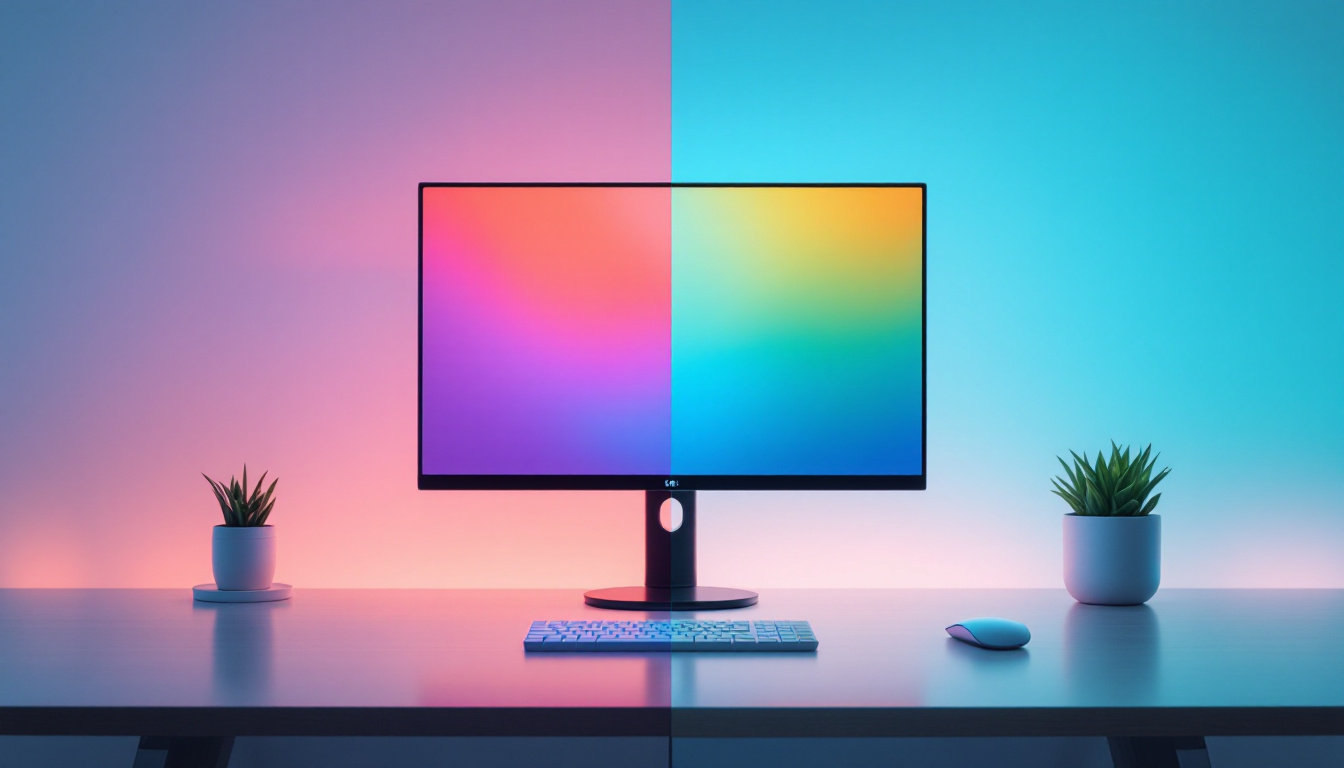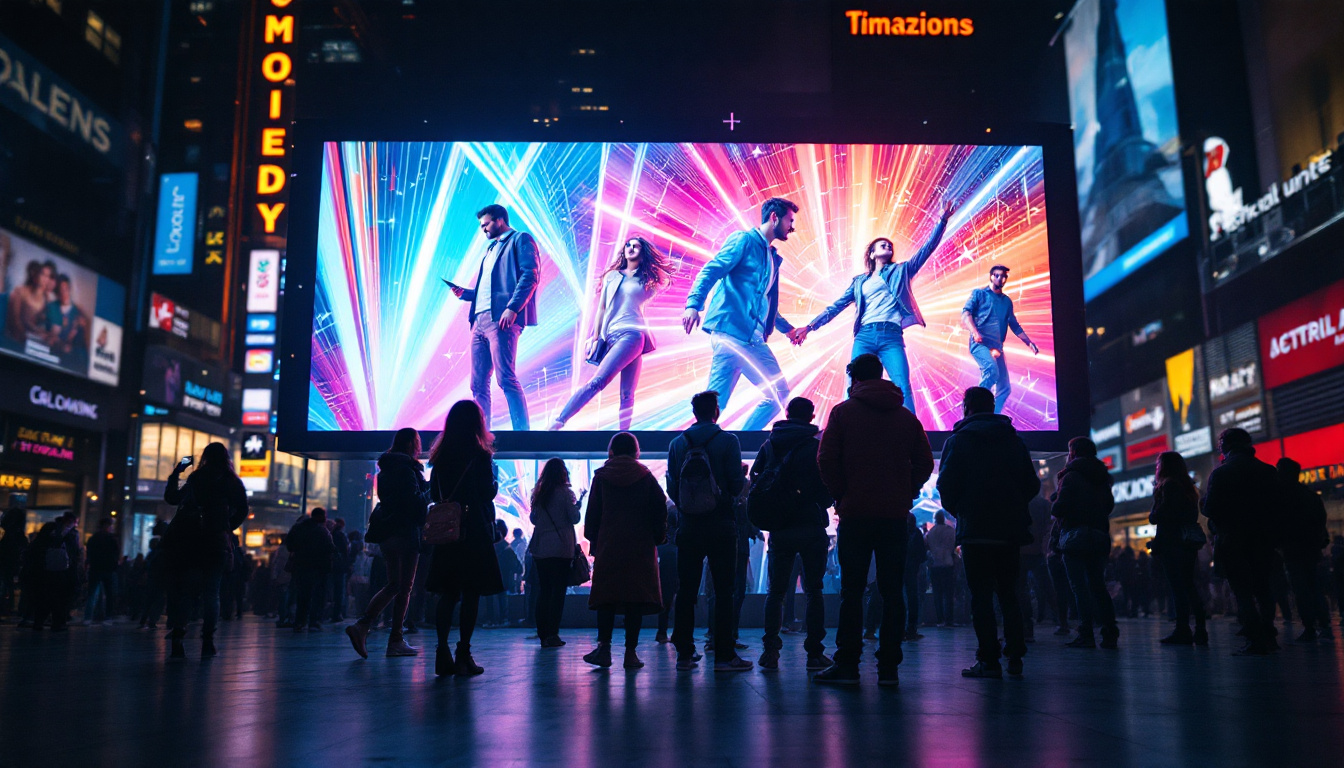In today’s digital age, touch screens and LED displays have become ubiquitous, transforming how we interact with technology. From smartphones to large-scale advertising screens, these technologies are integral to modern communication and entertainment. This article delves into the intricacies of touch screens and LED displays, exploring their functionality, advantages, and applications.
Understanding Touch Screens
Touch screens are a vital interface that allows users to interact directly with what is displayed, rather than using a mouse or keyboard. This technology has evolved significantly since its inception, offering various types that cater to different needs.
Types of Touch Screen Technologies
There are several types of touch screen technologies, each with unique characteristics and applications. The most common types include resistive, capacitive, infrared, and optical touch screens.
Resistive touch screens consist of two flexible layers separated by a small gap. When pressure is applied, the layers touch, registering a response. This technology is cost-effective and works well with styluses or gloves, making it suitable for industrial applications. Furthermore, resistive screens excel in environments where dust, moisture, or extreme temperatures may hinder performance, as they are less affected by external factors compared to other technologies.
Capacitive touch screens, on the other hand, utilize the electrical properties of the human body. They are more responsive and support multi-touch gestures, making them ideal for smartphones and tablets. The glass surface provides durability and clarity, enhancing the user experience. These screens can also detect multiple simultaneous touches, allowing for complex gestures like pinch-to-zoom, which has become a standard feature in modern mobile applications.
Applications of Touch Screen Technology
Touch screens are prevalent in various industries, from consumer electronics to healthcare and retail. In consumer electronics, smartphones and tablets dominate the market, offering intuitive interfaces that enhance user engagement. The rise of touch screen technology has transformed how we interact with devices, leading to the development of innovative applications that leverage gesture-based controls and voice recognition, further enriching the user experience.
In healthcare, touch screens are used in medical devices and patient management systems, allowing for quick access to information and improving workflow efficiency. These systems enable healthcare professionals to update patient records in real-time, minimizing errors and enhancing communication among staff. Retail environments leverage touch screens for interactive kiosks and point-of-sale systems, enhancing customer interaction and satisfaction. Additionally, touch screens in retail can provide personalized recommendations based on customer preferences, creating a more engaging shopping experience that encourages consumer loyalty and boosts sales.
Exploring LED Displays
LED (Light Emitting Diode) displays have revolutionized visual technology, offering vibrant colors, high brightness, and energy efficiency. These displays are widely used in televisions, monitors, and digital signage, providing an engaging viewing experience.
How LED Displays Work
LED displays function by using an array of light-emitting diodes to create images. Each pixel in an LED display is composed of red, green, and blue (RGB) diodes, which combine to produce a full spectrum of colors. This technology allows for high contrast ratios and excellent color accuracy.
Unlike traditional LCD displays that rely on backlighting, LED displays emit light directly from the diodes, resulting in deeper blacks and brighter whites. This direct emission also contributes to lower power consumption, making LED displays more environmentally friendly.
Furthermore, the construction of LED displays allows for flexible designs, enabling manufacturers to create screens of various shapes and sizes. This adaptability is particularly beneficial in creative applications such as art installations and immersive environments, where unconventional display formats can enhance the viewer’s experience.
Advantages of LED Displays
The advantages of LED displays are numerous. One of the most significant benefits is their energy efficiency. LED technology consumes less power than traditional display technologies, leading to reduced electricity costs and a lower carbon footprint.
Moreover, LED displays offer superior brightness and clarity, making them suitable for both indoor and outdoor applications. Their ability to perform well in various lighting conditions makes them ideal for advertising and public information displays.
In addition to their brightness, LED displays also boast a longer lifespan compared to other display technologies. With proper care, an LED display can last up to 100,000 hours, significantly reducing the need for frequent replacements. This longevity not only saves costs over time but also minimizes electronic waste, aligning with sustainable practices in technology use.
Comparing Touch Screens and LED Displays
While touch screens and LED displays serve different primary functions, they are often used in conjunction to enhance user experience. Understanding their differences and similarities can provide insights into their applications.
Functionality and Interaction
Touch screens are primarily designed for user interaction, allowing for direct manipulation of on-screen elements. In contrast, LED displays focus on delivering high-quality visual content. However, when integrated, they create an interactive experience that engages users more effectively.
For instance, an LED display can showcase vibrant advertisements, while a touch screen interface allows users to interact with the content, such as selecting products or accessing information. This combination is particularly effective in retail and entertainment environments. In museums, for example, touch screens can provide detailed information about exhibits displayed on large LED screens, allowing visitors to delve deeper into the subject matter at their own pace. This synergy not only enhances the educational experience but also encourages visitors to engage more actively with the content presented.
Durability and Maintenance
Durability is a crucial factor when comparing touch screens and LED displays. Touch screens, especially those made with capacitive technology, are generally more susceptible to scratches and damage. However, advancements in materials, such as Gorilla Glass, have improved their resilience.
LED displays, being composed of solid-state components, often have a longer lifespan and require less maintenance. They are designed to withstand various environmental conditions, making them suitable for outdoor use. Additionally, many modern LED displays come with weatherproof casings and anti-glare features, ensuring visibility even in bright sunlight or inclement weather. This durability makes them ideal for applications such as billboards or public information displays, where they are exposed to the elements. Furthermore, the low power consumption of LED technology contributes to their sustainability, making them an eco-friendly choice for businesses looking to reduce their carbon footprint while maintaining vibrant visual communication.
Future Trends in Touch Screens and LED Displays
The future of touch screens and LED displays is promising, with ongoing advancements in technology and design. Innovations are continually emerging, enhancing functionality and user experience.
Emerging Technologies
One of the most exciting trends is the development of flexible and foldable displays. These technologies allow for new applications in smartphones, wearables, and even furniture, creating a more versatile interaction with digital content. Imagine a smartphone that can be unfurled into a tablet or a display embedded in a rollable curtain that transforms your living space into a smart environment. This adaptability not only enhances convenience but also opens up new avenues for creativity in product design and user interaction.
Additionally, advancements in haptic feedback technology are set to revolutionize touch screens. By providing tactile sensations when interacting with a display, users can enjoy a more immersive experience, bridging the gap between the digital and physical worlds. This technology could enable users to ‘feel’ textures or vibrations when navigating through apps, making digital interactions more intuitive and engaging. As developers explore the potential of haptics, we may see applications in gaming, virtual reality, and even remote collaboration, where the sense of touch can enhance communication and connection.
Integration with Artificial Intelligence
Artificial intelligence (AI) is also playing a significant role in the evolution of touch screens and LED displays. AI can enhance user interaction by personalizing content based on user behavior and preferences. This integration can lead to more engaging advertising and improved user interfaces. For instance, AI algorithms can analyze user interactions in real-time, adjusting the display’s layout or content to better suit individual tastes, ultimately creating a more tailored experience that keeps users coming back for more.
Furthermore, AI-driven analytics can optimize the performance of LED displays in real-time, adjusting brightness and content based on environmental conditions and audience engagement metrics. This means that outdoor displays could adapt to changing light conditions, ensuring maximum visibility and impact. Additionally, AI can facilitate predictive maintenance for these displays, identifying potential issues before they arise, thus minimizing downtime and enhancing the overall reliability of digital signage in retail and public spaces. As these technologies continue to evolve, we can expect a seamless blend of functionality and aesthetics that will redefine how we interact with digital media.
Conclusion
Touch screens and LED displays are integral components of modern technology, enhancing how users interact with digital content. Understanding their functionalities, advantages, and future trends is crucial for businesses and consumers alike.
As technology continues to evolve, the combination of touch screens and LED displays will likely lead to even more innovative applications, creating immersive experiences that redefine user interaction. Whether in retail, healthcare, or entertainment, these technologies will continue to shape the future of communication and engagement.
Discover LumenMatrix’s Innovative LED Display Solutions
Ready to elevate your visual communication with the latest in LED display technology? LumenMatrix offers a comprehensive range of LED display solutions tailored to meet your needs. From captivating Indoor and Outdoor LED Wall Displays to dynamic Vehicle and Sports LED Displays, our products are designed to enhance brand visibility and engage audiences like never before. Experience the future of digital signage with our Custom, All-in-One, and Transparent LED Displays, each crafted to deliver unparalleled visual experiences. Don’t miss out on the opportunity to transform your space with LumenMatrix’s cutting-edge technology. Check out LumenMatrix LED Display Solutions today and take the first step towards revolutionizing your visual storytelling.


